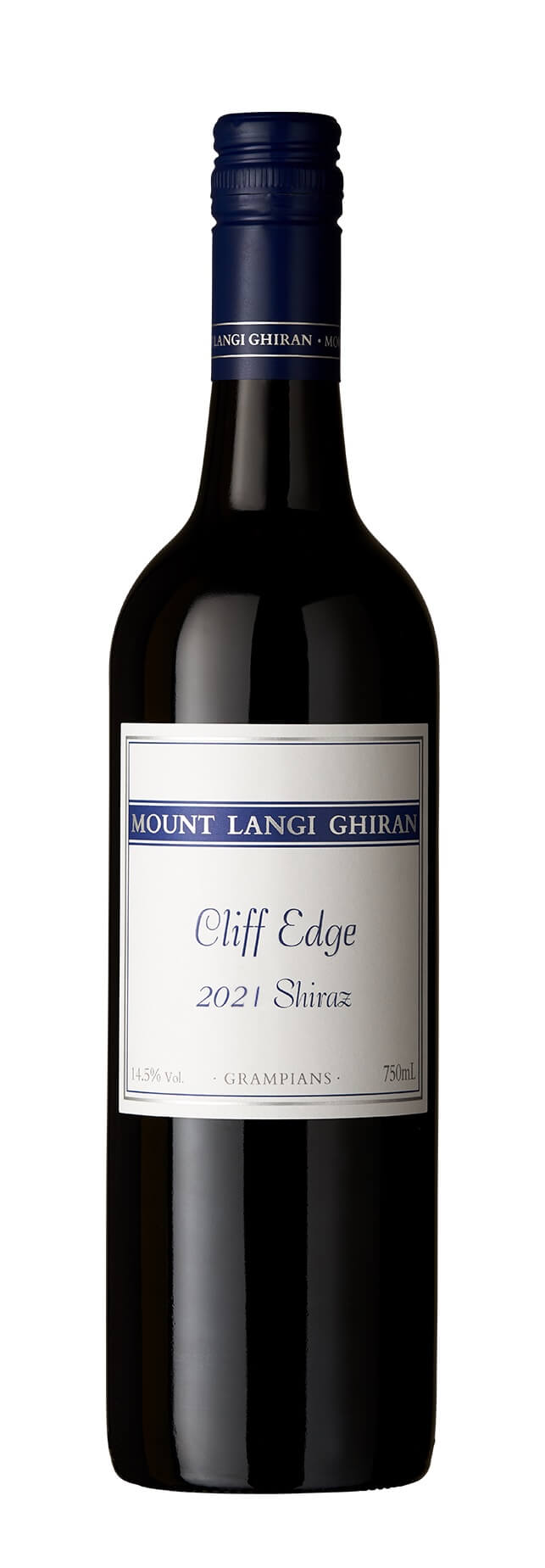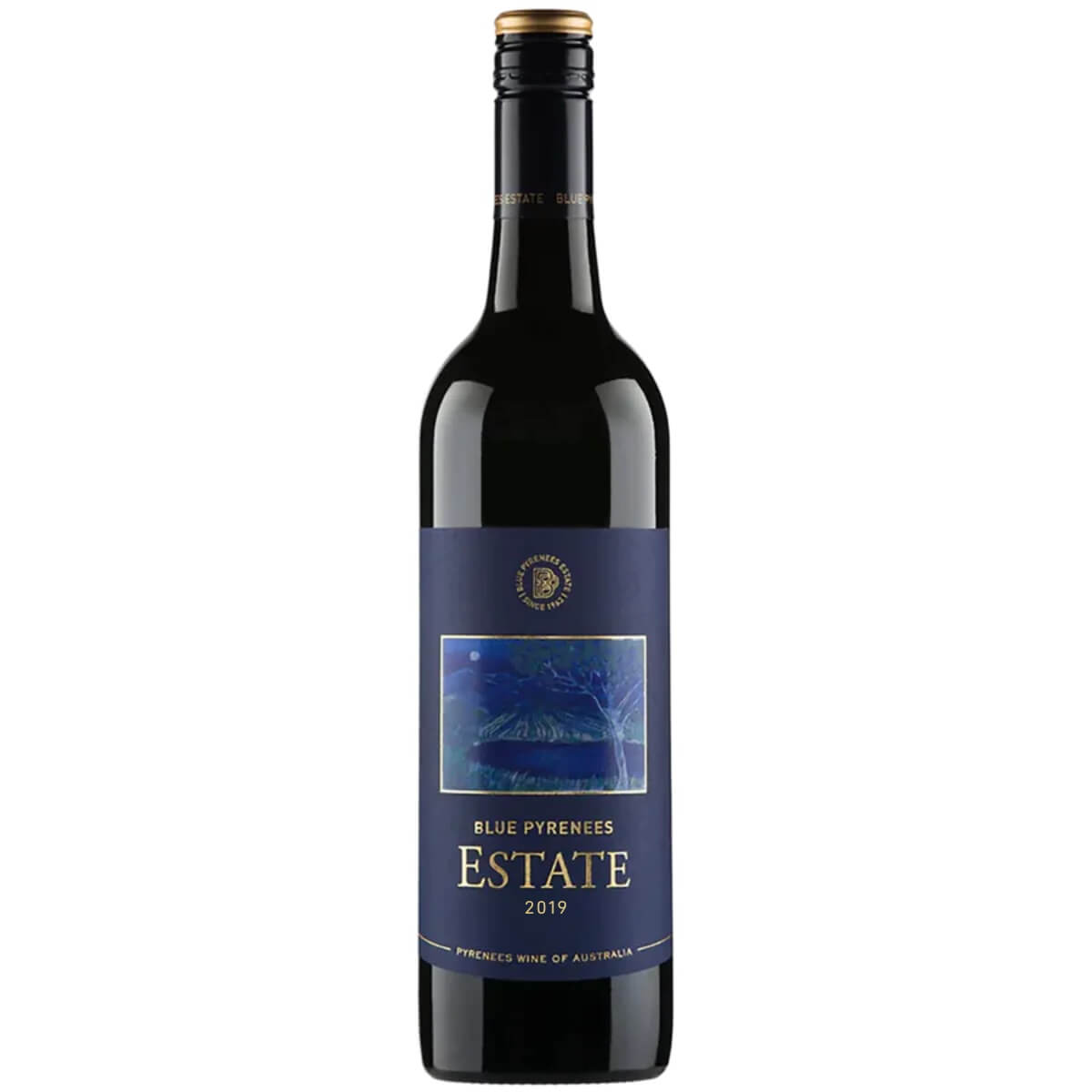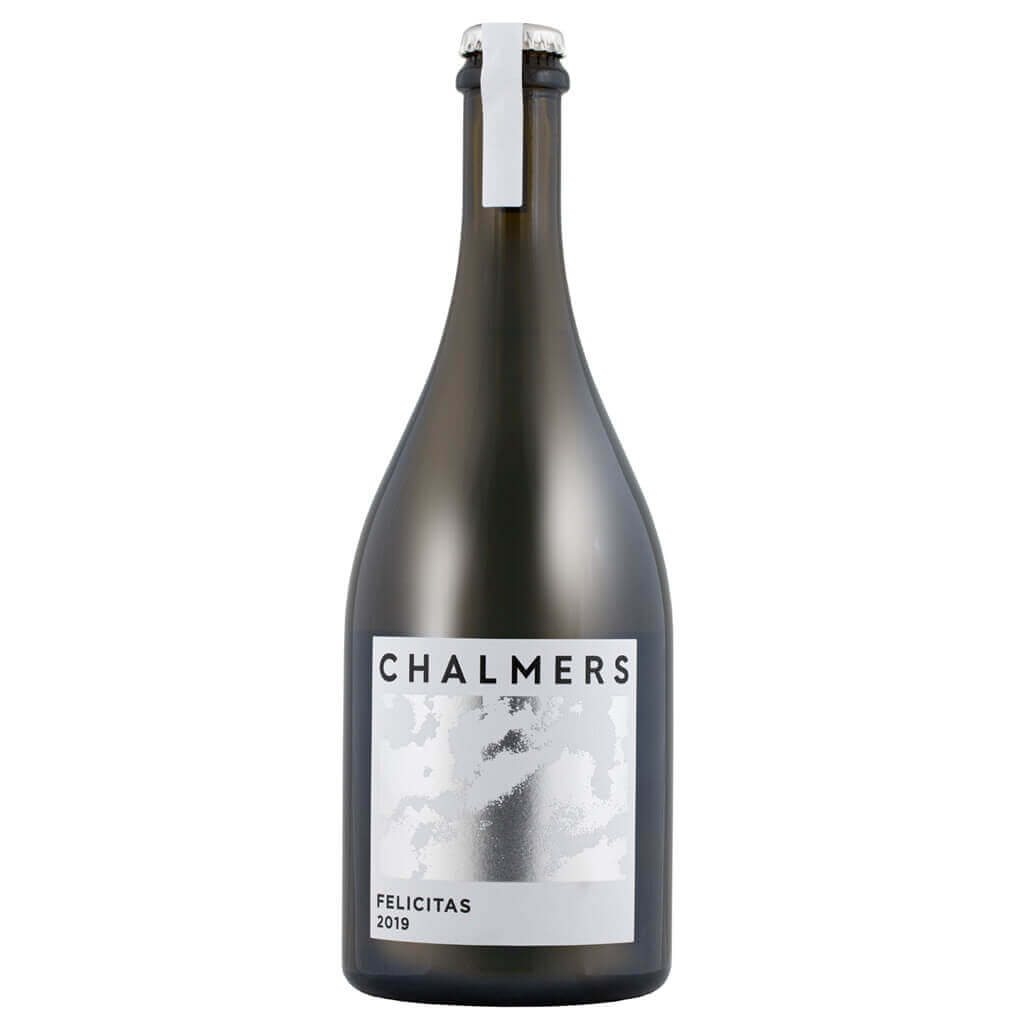WEIGHT, DENSITY, AND STRUCTURE ARE THE CROWN JEWELS OF THE REGION’S INLAND WINES
by: Bob Paulinski, MW
Australia is a vast country with a diverse wine culture that stretches across more than 60 regions; in terms of production by volume, it currently ranks fifth globally. All this means that there’s a lot to sort out in order to make sense of the place—but if you dig deep into its story, you’ll be richly rewarded. It has built its reputation on a foundation of tradition, innovation, resourcefulness, resilience, and a refusal to be complacent. Some of those words may appear to be at odds, but in this part of the world the seeming contradictions work to create an environment for intriguing and compelling wines that are worth searching out.
Take Victoria as an example. The fascinatingly complex southernmost state in continental Australia has a history of wine production that dates back more than 170 years. Here, more than 20 wine regions boast the widest range of climates of any state in the country. To varying degrees, many of them are impacted by the cold waters of the Southern Ocean, though generally speaking, as you move north to more inland areas, the temperatures get progressively warmer. Diverse topography, including a myriad of mostly ancient soils, also comes into play. And then there’s the human element: Not content with the status quo, winemakers in Victoria are always pushing the boundaries when it comes to experimentation. These factors lay the groundwork for a wide range of unique and highly expressive wines.
In my previous article on Victoria (see the December 2023/January 2024 issue), I focused on the state’s cool coastal and near-coastal regions, where broadly cool-climate varieties like Pinot Noir, Riesling, and Pinot Gris yield wines of nuance and subtlety, with bright aromatics and the vibrant acidity that is their hallmark, preserved by a typically restrained use of oak. This article will explore select inland regions that offer a compelling view of deeply rooted tradition while sharing an innovative spirit that ensures Victoria as a whole deserves to stand front and center on the world wine stage. In general, the emphasis is on wines with greater weight, density, and structure.
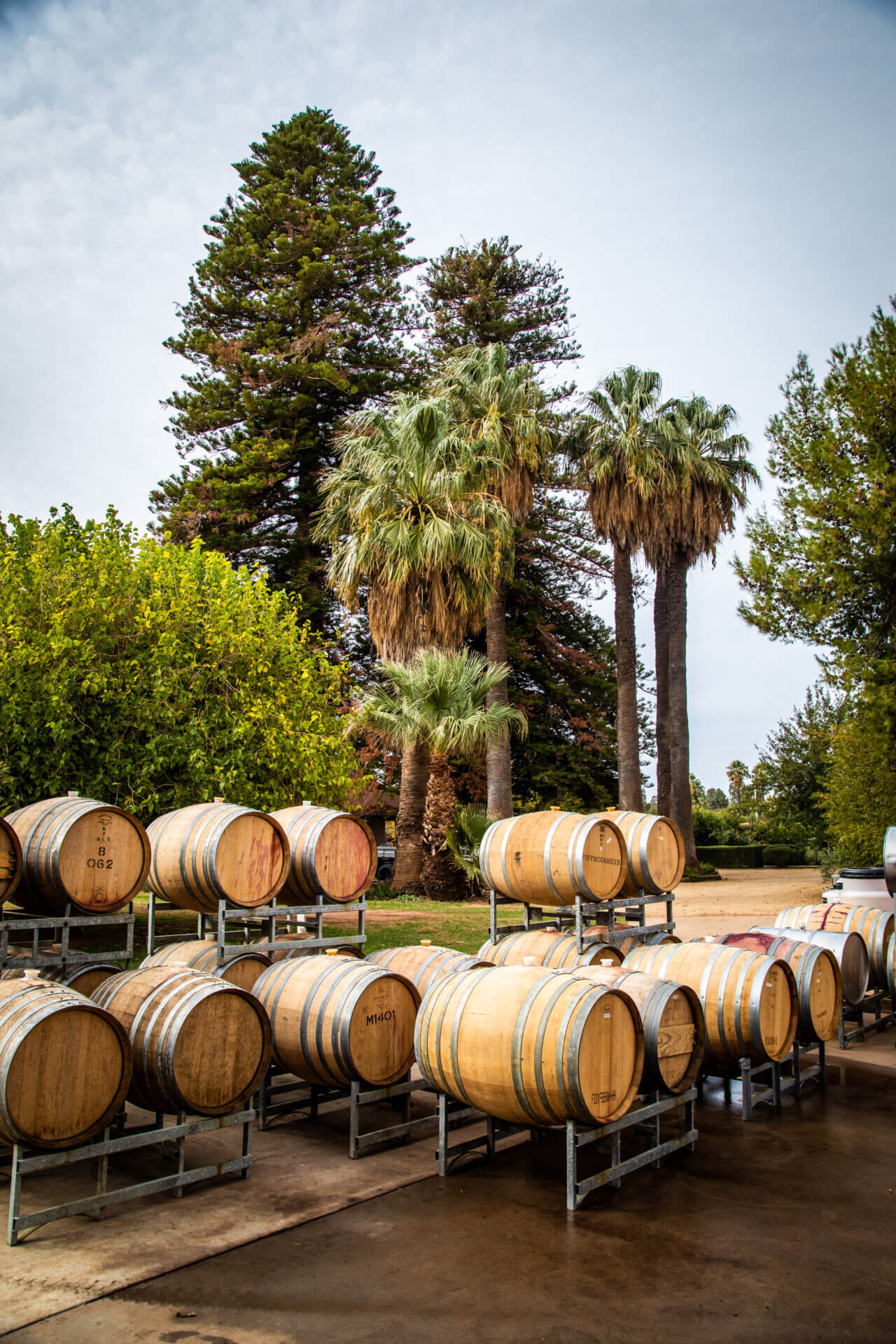
Not too many years ago, I lived in Melbourne while partaking in a two-year work project. It was a wonderful experience, and an added reward was the weekend trips I was able to take to the nearby growing regions of Victoria, which brought more surprises and a greater sense of adventure than any other place I’ve visited in all my years of traveling the wine world. Simply put, when you think you have it figured out, you invariably find that there is more to learn. For the wine nerd, this place is like Willy Wonka’s Chocolate Factory in terms of its capacity for seemingly endless discovery.
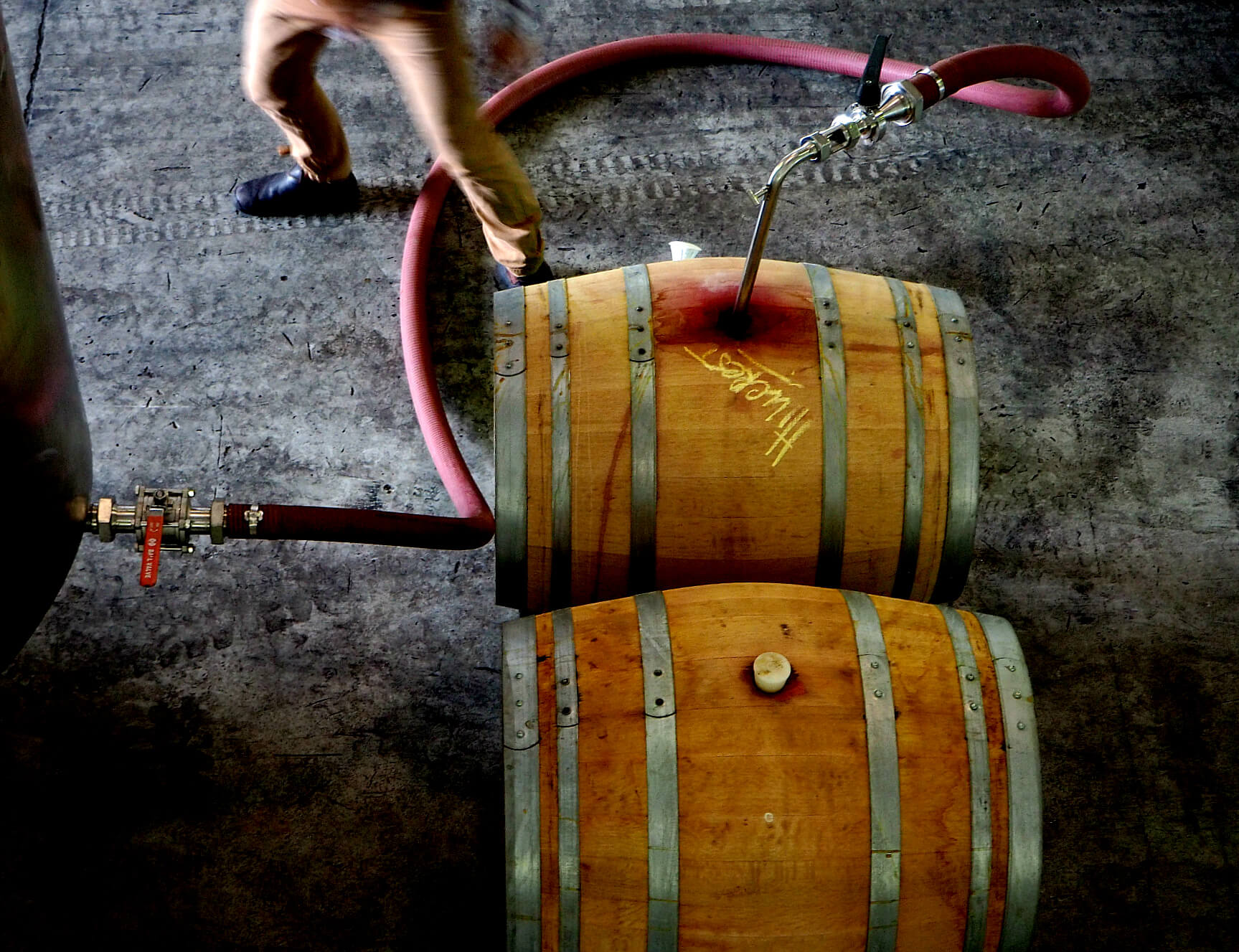
Let’s focus on the Grampians, Pyrenees, Bendigo, and Heathcote, which, starting less than a three-hour drive northwest of Melbourne, are contiguous from west to east in that order. Artisanal, family-owned wineries maintain a strong presence in these regions, which are generally warmer than their coastal counterparts—but not so much so that they result in jammy, baked, high-alcohol wines. The climate tends to be Mediterranean, with large diurnal temperature swings; cool nights throughout the long growing season allow the vines to recover from the daytime heat, ensuring good acidity retention to provide lift, freshness, and focus to the wines.
This is mostly red-wine country, with Shiraz being king, though you’ll also find brilliant Cabernet Sauvignon and other Bordeaux-style wines. White wines are fewer, but Chardonnay and Sauvignon Blanc, among other varieties, can show well. The growing presence of grape varieties, both red and white, that until recently had not been typically cultivated in Australia but are now more viable due in part to climate change is a development that is bound to get increased attention in the coming years. In addition, sparkling wines from these inland regions can be excellent, whether produced from Shiraz or nontraditional varieties.
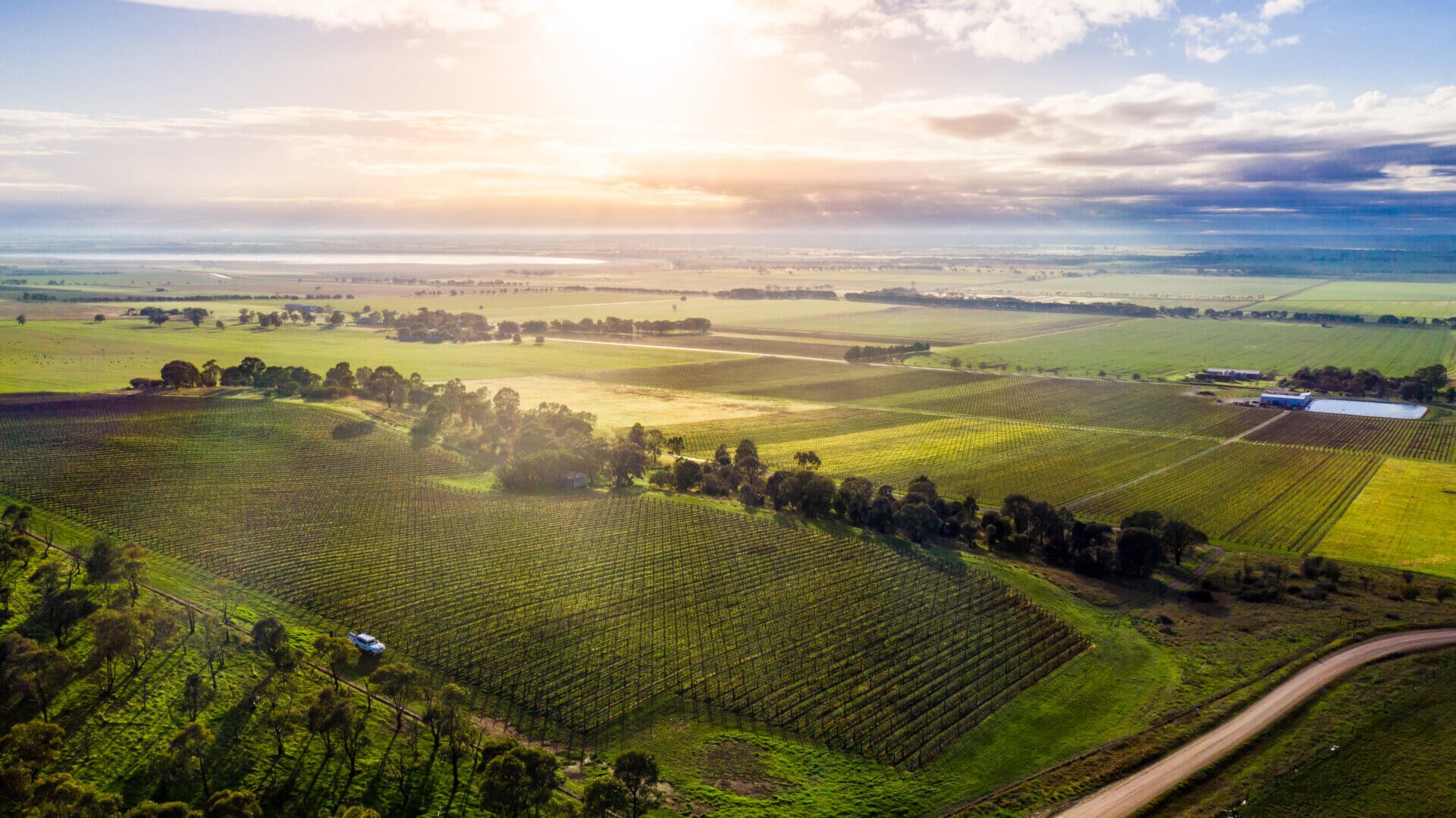
Located in the western part of Victoria, the Grampians is a particularly fascinating region with over 1,600 acres under vine. It’s a strikingly beautiful place, home to a large national park and lined with mountains to the east. Some may argue that its climate could be defined as cool. Perhaps so, but there is a good deal of climatic variability here, in part due to the terrain. Summers typically alternate warm to hot days with cool nights, thanks to the ocean, which is in close enough proximity to provide a moderating influence. Autumn is generally mild and pleasant, and the growing season is extended. Winter is brisk. The soil here tends to be infertile, providing a natural means to reduce yields, which often improves fruit quality.
The primary player in the region is Shiraz, a variety that exhibits an incredible range of characteristics depending on the climate; the Grampians represents the cooler end of the spectrum. The results are among the most dazzling examples of the grape Australia has to offer. Possessing a distinct elegance, they show a purple hue when young, along with notes of dark red fruit, savory Damson plum, and cracked pepper. Cabernet Sauvignon from the Grampians can also be quite unique, refined, and nuanced, exhibiting notes of cassis and black raspberry, supple tannins, and sometimes subtle mint characteristics; occasionally, it’s blended with Shiraz. Plantings of Pinot Noir and Chardonnay can also be found in the Grampians, where they’re often used for sparkling wines.
Continuing further east is the Pyrenees, a rugged, scenic place with about 2,100 acres under vine. Its history stretches back to the 1840s, but it wasn’t until the 1960s that its current reputation started to take shape. The mountain ranges and foothills typically display significant temperature variations from day to night; when visiting, you’d do well to pack clothes in preparation for experiencing all four seasons on a single day, especially during the spring and early summer. Winters, meanwhile, can be cold, with sharp winds. Soils are marked by deposits of gravel reminiscent of those found in Bordeaux, particularly in vineyards on the valley floor.
Here too, Shiraz is a major player, with plenty of excellent examples. The Pyrenees is also a rock-star region when it comes to Cabernet Sauvignon and other Bordeaux varieties. The wines often display an uncanny ability to strike a balance between power and elegance, showing very good ripeness and concentration tempered by layers of nuance and refinement along with solid aging potential.
To the east of the Pyrenees is Bendigo, which was the hub of the gold rush in the mid-19th century; today it has about 1,500 acres under vine. The temperatures here tend to nudge upwards, resulting in wines with more heft and concentration; Shiraz and Cabernet Sauvignon lead the charge, with nontraditional varieties gaining acreage.
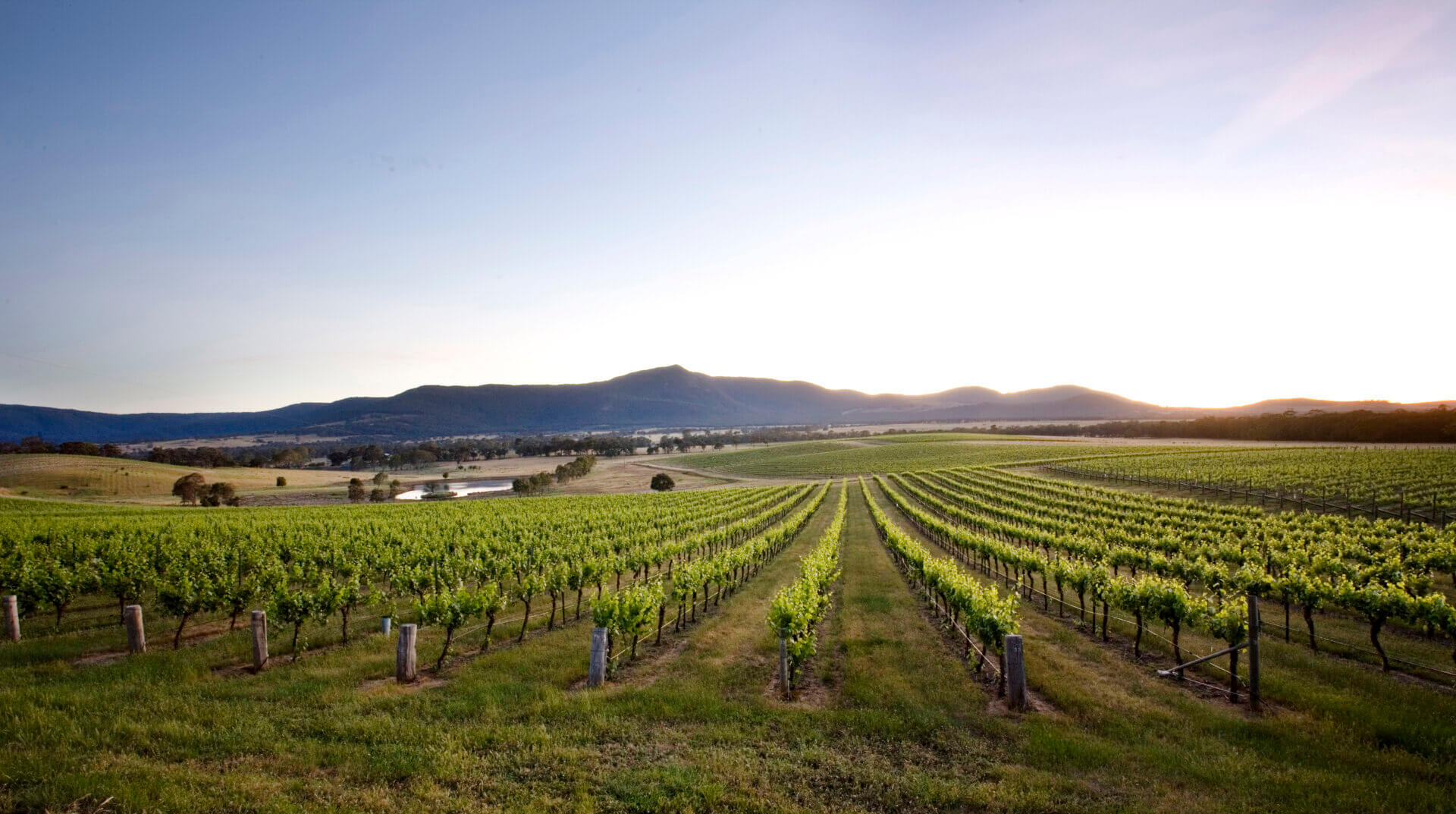
A bit further east still is Heathcote, with about 4,500 acres of vineyard land. It’s one of Australia’s major sources for Shiraz, although it didn’t gain its GI (Australian Geographical Indication) status until 2002. The northern part of the region is generally warmer and drier than the southern portion, though the influence of the Mount Camel Range results in lower temperatures than Bendigo experiences. The soils drain freely but retain enough water to ensure that irrigation is not common.
Shiraz, which accounts for over 70% of plantings, tends to produce inky wines with good structure and density. They’re well worth exploring, but as is increasingly the case in Australia, other grapes may someday steal the show: Heathcote is starting to make a name for itself with Italian varieties such as Aglianico, Fiano, Greco, Lagrein, Negroamaro, Nero d’Avola, Pavana, Vermentino, Sagrantino, Sangiovese, and Schioppettino. Having tasted a good number, I’m particularly optimistic about Fiano, Negroamaro, and Nero d’Avola, all well suited to climate change; the former is particularly good at maintaining acidity at high levels of ripeness. Non-Italian varieties like Grenache and Tempranillo also have an established niche.
The wines from these four regions are not the commodity bottlings that broadly defined the Australian export market for many years. Rather, they are distinctive, individualistic, artisanal wines with a strong sense of place. In other words, Victoria has as much to offer the wine lover as any other region in the world. And as it continues to evolve, each new chapter of its story brings something surprising and thought-provoking.
Tasting Notes
